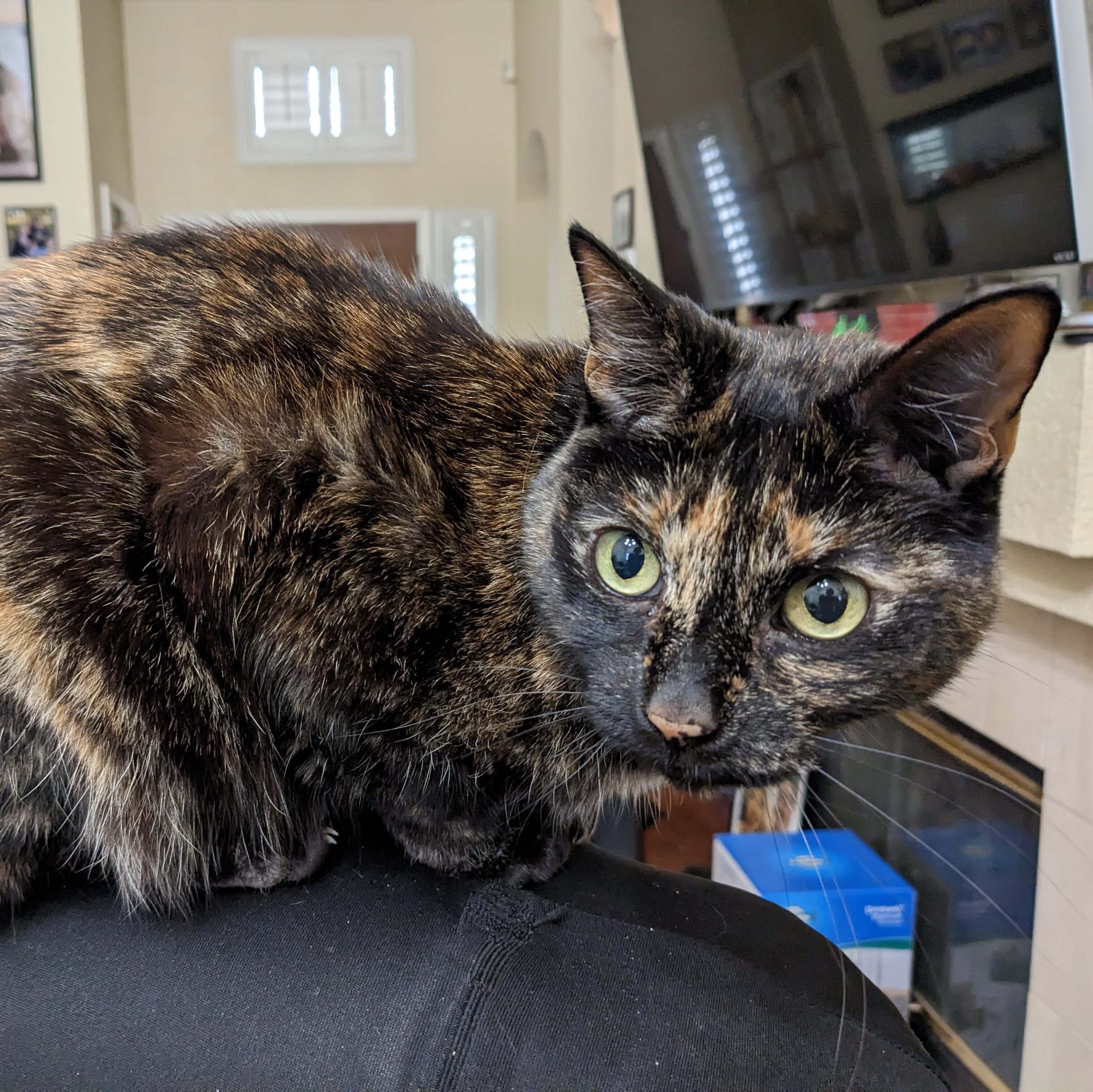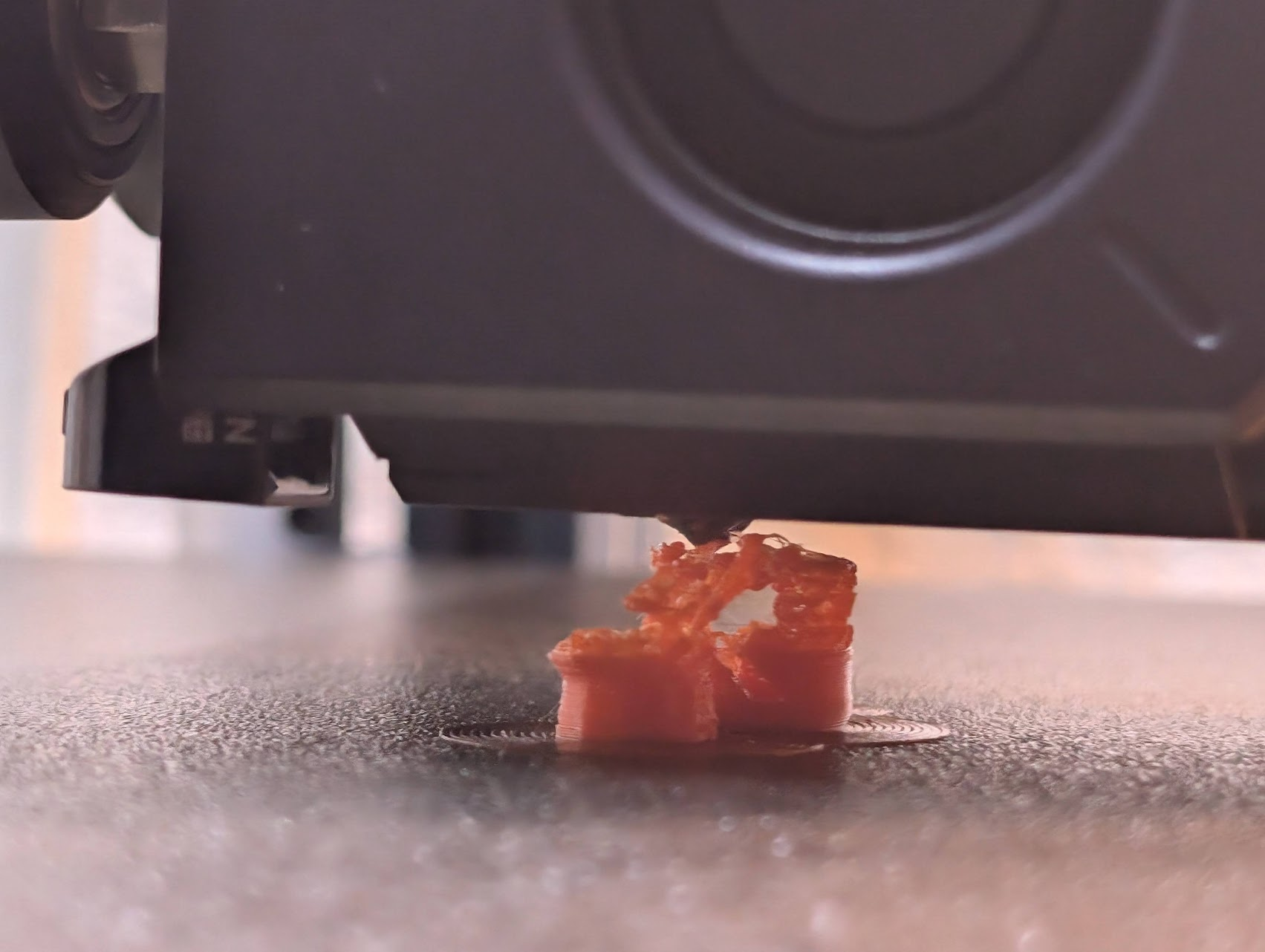Hey folks,
I’m not sure what I’m doing wrong. I’m printing PETG (https://kingroon.com/collections/petg-filament?) on my Neptune 3 Plus. It’s sort of like it starts (almost) ok, sticks to the plate just fine, then a few layers up it seems to almost have inconsistent extrusion (or maybe even trouble pulling the filament?) leading to holes, etc. till the model just falls apart. See linked photos for about where I give up each time.
I’m printing with Cura and 240C printing, 90C on the build plate. 45mm/s (I’ve gone down from 60mm/s). Retraction on, no z-hop. 60% fan, though I’ve tried it with 20% and 100% fan as well.
The filament is in a dryer at 55C. Funny enough I printed basically perfectly (without drying, straight out of the bag) with default settings the first time I printed. The second time and on, have had this problem… and have had it in the dryer.
Any ideas would be much appreciated. Thanks!
Edit: In case its useful, I’m printing this piece: https://file.io/D9jxYq4KOrL7 which is a small remix of a piece from https://www.printables.com/model/130507-bolt-action-pen-for-pilot-g2-cartridges



You need to watch it carefully. PETG has a lot of trouble with moisture. In practice, it has a lot of trouble with seams. When I print PETG, it is not a passive choice, but is instead built into the design. To be fair I pretty much design everything I ever print. I might prototype in PLA and then print in ABS, ASA, or Polycarbonate, but I will not swap to PETG. With PETG I am designing the orientation and features around seam placement from the very beginning to hide them in the middle of the back faces of a parts where they have 4-10mm to start and establish consistency. If I need a better seam in a tighter area, I make a small curved v-groove like the center inner spine of an open book. This feature can be extremely small so long as the mesh resolution can render it and the slicer also picks it up. The groove and curve will place the seam start and end on the inside of the wall just enough to make the ugliness isolated to a smaller area.
This may at first seem unrelated, but I suspect you might find a similar type of issue where starting seams are not attaching properly and causing a cascade of issues.
The actual underlying mechanism to the seam issue is that PETG is extremely sticky when molten. Moisture will sound like little popping sounds in the extruder and these can push out a tiny bit extra of filament. Even with dried filament, PETG will want to create strings on almost every passing surface that so much as looks at the nozzle the wrong way. When PETG goes stringy, it tends to pull more strongly on the melt zone than any other common filament. This tends to pull out more than the typical wisp of a string and instead pulls a slightly larger bit of the melt zone just outside of the tip. This deviation makes seams difficult to ground consistently.
If you try to just go hotter, you’ll ooze more and the problem will be worse. If you try to z-hop higher, you’ll likely find that the string from the last extrude is just as problematic. You might add more retraction, but you’ll still have the previous issue of the last extruded wisp pulling on the melt zone. If you print in vase mode, the problem will disappear, but that is useless advice. PETG can be extremely consistent in performing badly at the seams. This makes it pretty good for print far production in cases like with Prusa. They can dial in every issue on a layer by layer level and achieve prefect and repeatable parts in PETG. I don’t want to print 500 iterations of my design to dial in perfection, so I only use PETG when I can completely hide the seams in the design and create enough margin to avoid any external ugliness. PETG is awesome because it is the only common filament that will conform to the print plate texture with no visible layer lines. This feature is my primary reason for using PETG.
It is just a hunch, but I bet this is a seam issue.
This is an interesting thought. I wonder if the support tree is leading to more seams leading to issues. I’ll try it tomorrow with a different support structure that would change the seams.